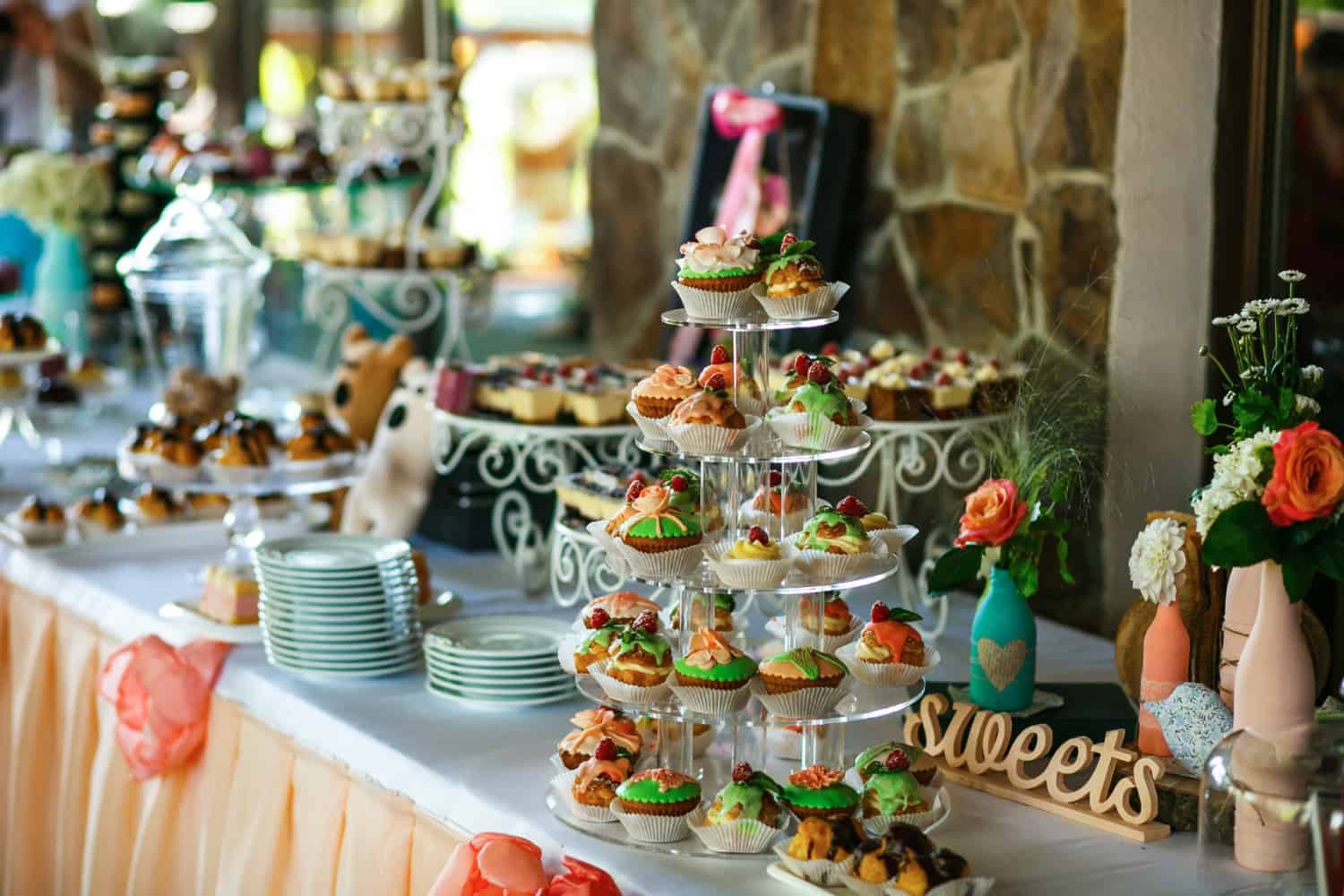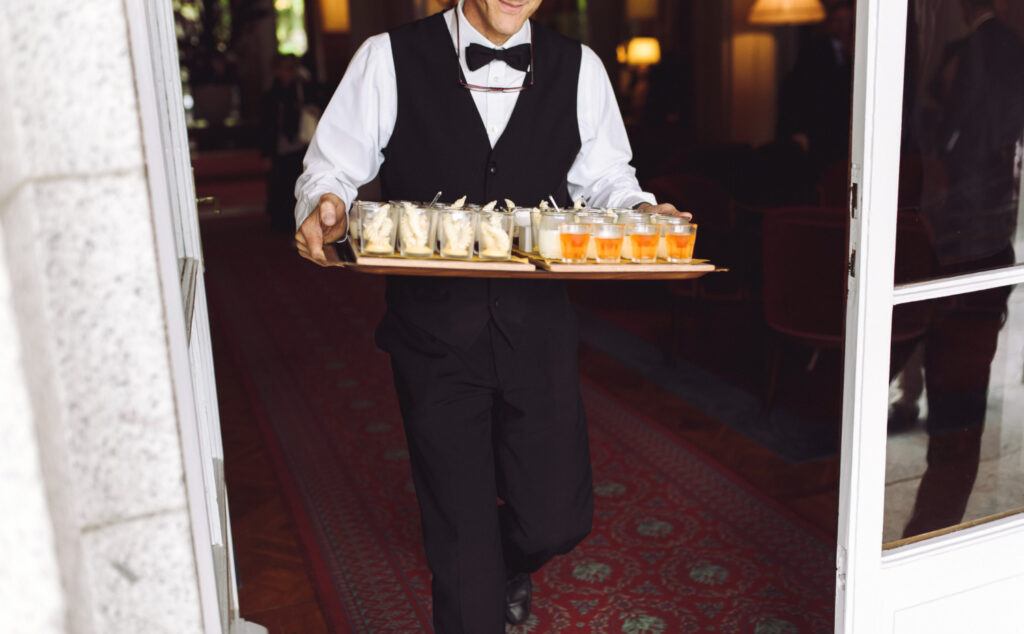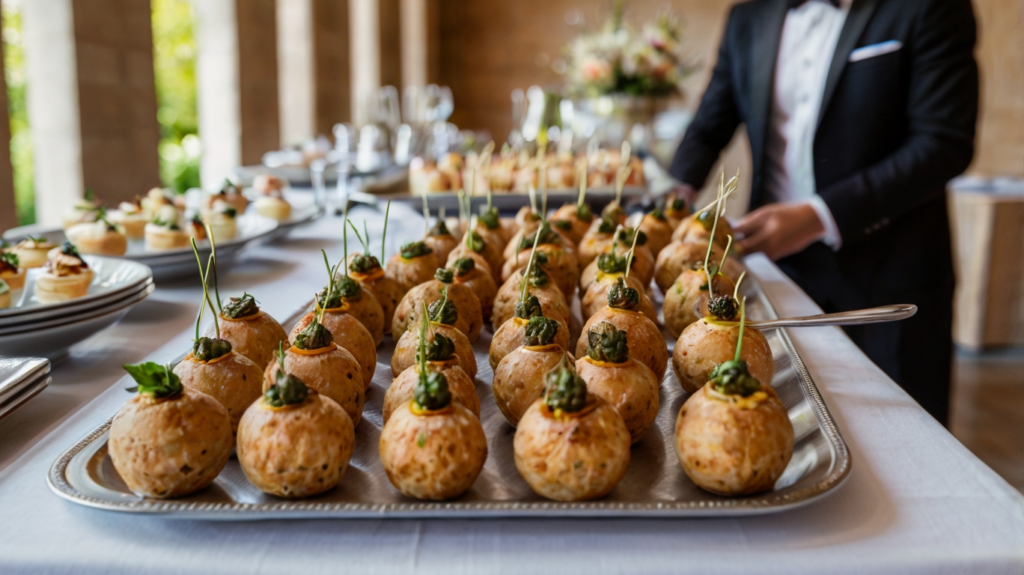
By Jermaine Thomas July 7, 2025
Catering is more than just serving food. It is a carefully choreographed performance that blends timing, presentation, logistics, and creativity. Behind every elegant buffet table or perfectly plated course lies an intricate process of coordination and precision. For guests, the experience might feel effortless, but for the catering team, each detail has been planned with purpose.
Picture-Perfect Catering depends on more than good food. From transporting dishes safely to choosing the right table setup, many behind-the-scenes elements play a vital role in creating a visually stunning and smoothly executed event. In this article, we explore what it really takes to deliver a flawless catering experience, spotlighting the key stages and practices that turn planning into perfection.
Pre-Event Planning: The Foundation of Success
A beautiful catering setup starts long before the first plate is served. Pre-event planning is the foundation of any event, guiding every decision from staffing to styling.
Event Scope
Caterers discuss the event’s theme, guest count, dietary needs and budget. These insights inform everything from menu design to presentation style. A wedding reception may require elegance and plated service, while a corporate retreat might need efficiency and minimal setup.
Logistics and Equipment Coordination
Transporting food, cutlery, tables, heating units and decorative elements to the event location requires a plan. Catering setup process often includes site visits to check access points, storage capacity and electrical availability for warming stations or lighting.

Menu Design and Food Preparation
The menu must not only taste great but also fit the event’s tone and time constraints. Planning and prepping the food is both a culinary and logistical task.
Visual Impact
Food staging tips start at the menu level. Items must be selected not only for flavour but also for how well they hold up under transport and time. Dishes with strong colour contrast and elegant textures photograph better, add to the ambiance.
Timing the Preparation
Cooks work backwards from the event start time. Hot food must be timed for minimal holding without losing texture. Cold platters are prepped in advance and assembled close to display time to keep fresh.
Setting the Stage: Transport and Setup
Getting everything to the venue safely and efficiently is a challenge that requires teamwork and attention to detail. This is where event food coordination becomes very visible.
Safe Food Handling During Transport
Properly insulated containers and coolers protect the food during transport. Labelling helps with quick setup, especially when multiple stations are involved. Temperature control is key for safety and quality.
Venue Setup and Layout Design
Caterers work closely with event planners or hosts to determine how food stations fit into the overall event flow. The catering setup process may involve arranging tables, runners, display risers and lighting to create dimension and visual interest.
The Art of Staging: Making Food Look as Good as It Tastes
Visual presentation is more important than ever in the digital age. Guests often photograph food before eating and staging makes a big difference in how memorable the display becomes.
Choosing the Right Serving Vessels
Food staging tips include using neutral plates to show off colour contrast, or clear vessels to show off layered desserts. Elevation, symmetry and repetition help create balance across the serving area.
Matching the Decor
Plating and dishware should match the event theme. Rustic weddings may use wood slabs and linen runners, while upscale galas may use glassware, silver and white linens.
Staff Coordination and Real-Time Adjustments
Well-trained staff are vital for executing plans in real-time. Whether it’s serving plated meals or refilling buffet trays, team coordination ensures a seamless experience.
Assigning Roles for Efficiency
Servers, bussers, and chefs each have dedicated responsibilities. For larger events, coordinators manage each section to handle requests, troubleshoot delays, and maintain cleanliness throughout.
Handling the Unexpected
Even the best plans need flexibility. Changes in guest numbers, weather shifts, or last-minute dietary requests all call for fast thinking. Event food coordination involves having backup supplies and contingency plans.
Food and Guest Flow: Designing Movement
A picture-perfect event also depends on how smoothly guests move through the dining space. Poor layout can lead to congestion or overlooked food.
Strategic Placement of Food Stations
Caterers often use multiple serving points to reduce lines and crowding. The layout should guide guests naturally from one area to the next, whether it’s a buffet, carving station, or dessert table.
Signage and Communication
Clear labels for dishes, allergy warnings, and service cues help avoid confusion. Simple signs allow guests to identify their choices quickly, improving both safety and experience.
Real-Time Quality Control
During the event, the catering team monitors presentation and freshness. A dish that looked great at the start may need replenishing or garnishing an hour later.
Keeping Displays Tidy
As guests serve themselves, trays and dishes can get messy. Staff discreetly refresh and clean as needed, making sure the setup remains attractive throughout the event.
Monitoring Food Temperature and Refill Levels
Hot food must stay warm, and cold items must remain chilled. Catering setup process includes heating plates, chilled trays, and insulated storage to maintain proper conditions.
Technology’s Role in Modern Catering Events
Technology now supports everything from kitchen prep to guest interaction. Digital tools improve both efficiency and accuracy.
Inventory and Task Management
Apps help track inventory, schedule staff, and monitor timing. This ensures that nothing is forgotten in the rush of the day. It also helps teams collaborate across departments.
Presentation Enhancements
Lighting, projection, and even QR-code menus enhance the guest experience. These tools are becoming a part of food staging tips, helping elevate both function and appearance.
Venue Collaboration and Vendor Sync
Caterers rarely work in isolation. Event success depends on how well they coordinate with venue managers, decorators, florists, and rental companies.
Pre-Event Walkthroughs
Joint walkthroughs clarify expectations. Caterers can determine where to set up stations, what utilities are available, and how to share space with other vendors.
Timing With Other Vendors
From tablecloth deliveries to floral centerpieces, every element must arrive on time. Good event food coordination means staying in sync with everyone’s timeline.
Sustainable Practices in Catering Setup
Modern catering often incorporates environmentally conscious decisions. These efforts impact choices in materials, sourcing, and waste handling.
Reducing Waste in Presentation
Reusable trays, biodegradable disposables, and smart portioning reduce environmental impact. Food staging tips now often include sustainable design elements.
Eco-Friendly Decor and Sourcing
Locally sourced flowers, compostable plates, and seasonal ingredients reflect values that many clients care about. Sustainability can also enhance the brand image of the catering business.

The Final Touches Before Showtime
As guests arrive, caterers add the last flourishes. This includes final plating, garnishing, and lighting adjustments. The last hour is often the busiest and most crucial.
Rechecking Layout and Lighting
Lighting needs to be warm but functional. Too dim and guests cannot see their food; too bright and ambiance suffers. Checking these settings ensures the space feels inviting.
Welcoming the First Guests
Staff must be in position and attentive. The catering setup process reaches its peak as the event begins, and service flow must begin smoothly.
Conclusion | Picture-Perfect Catering
Creating a picture-perfect catering event takes more than great recipes. It requires vision, planning, coordination, and execution at a high level. From understanding the event’s needs to staging dishes with artistic flair, each step matters. The behind-the-scenes work of catering professionals often goes unnoticed, yet it is the backbone of unforgettable experiences. With thoughtful preparation and attention to detail, catering teams deliver not just meals, but lasting impressions.